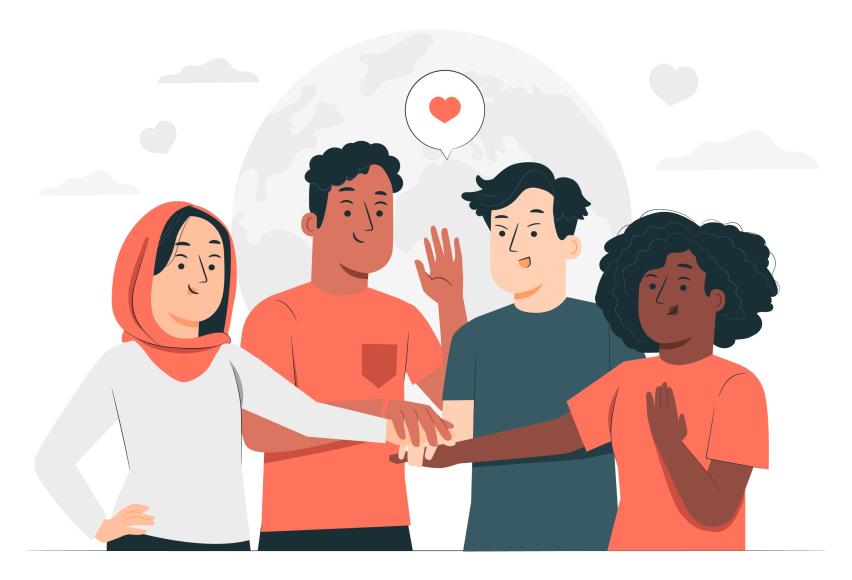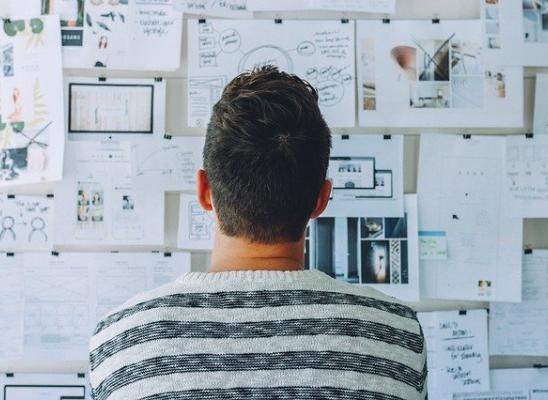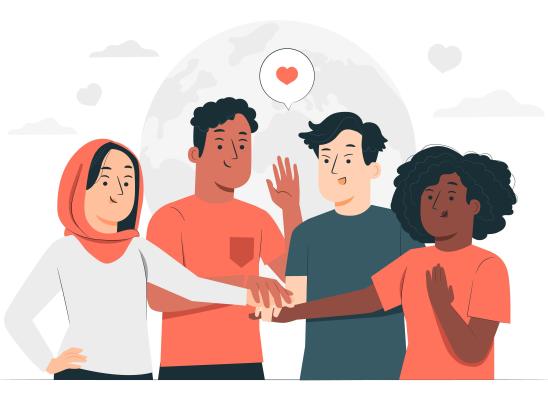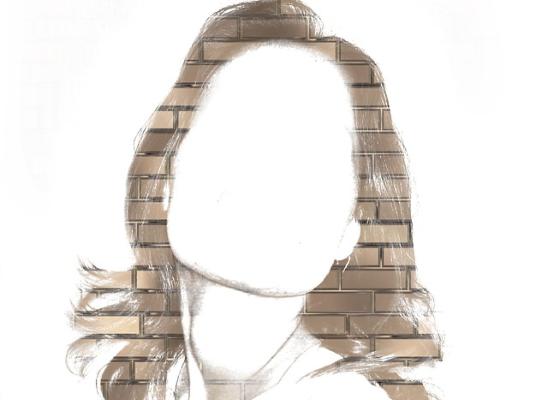From Support to Advocacy: Understanding Biosolidarity

Online test
Find out the severity of your symptoms with this free online test
When you find yourself dealing with a difficult health issue, it’s not uncommon to feel alone, like you’re the only one. After all, we don’t go around with a name tag that announces our condition. We tend to keep it to ourselves and hope that maybe, just maybe, there’s someone out there like us.
This feeling of being alone is a common theme among people living with body-focused repetitive disorders (BFRBs) such as trichotillomania (TTM). Qualitative research exploring the experiences of people living with BFRBs has found that along with feelings of shame or being misunderstood, there’s a desire for isolation for fear of what others may think. These experiences can lead to frustration and a reluctance to seek help.
But people do find others who are like them, dealing with similar issues and a shared experience. Somehow, they find their people. When they do, people often report feeling relieved and understood maybe for the very first time.
When people share a common experience, it brings a sense of belonging and support. There’s some comfort in the knowledge that they’re not the only ones and not alone. There are others who “get it”. It’s a phenomenon known as biosociality. We see this all the time in support groups and online forums and other settings where others sharing a common experience might gather.
This coming together is also thought to give rise to efforts for advocacy as well as greater visibility and inclusion creating a “loop” for bringing new attention to an issue while creating a safe space for those living with it. A new study is taking a closer look at this coming together, known in anthropological literature as biosolidarity, and how it might be helpful in creating community and advocacy within the BFRB community.
What Are Biosociality and Biosolidarity?
Biosociality is a biomedical concept that has its roots in medical anthropology. When someone receives a diagnosis of some sort, they begin to form a self-identity about the disorder. They begin to see themselves as someone who has that disorder. That new identity paves the way for them to find others who are like them, leading to a connection or sense of kinship with others who are also living with that disorder. Support groups focused on a particular diagnosis are a common example of biosociality.
Coming together in this way can have a transformational and powerful effect on people. As people begin to connect and share, there is a sense of belonging and support. Some people also feel a need to do something with their new identity. There is a need for advocacy and inclusion not just for those in the group but also for the larger group of people who may yet to be. This transformation from being connected socially to advocacy and inclusion is a concept known as biosolidarity.
It's a phenomenon seen within the medical and mental health communities over the years. Groups of people with the same diagnosis come together in support of each other and over time, the group becomes more organized and may advocate for things like visibility or recognition, better medical care, research, and other issues important to that group of people.
Biosociality and biosolidarity are not mutually exclusive but rather interconnected. The study suggests that there is a “looping effect” in that biosociality brings people together and gives rise to biosolidarity which in turn, creates recognition and visibility of the disorder and opportunities for new people to become part of the community.
What Does This Mean for People Living with Trich?
The study explored the experiences of people living with trich and their experiences of finding community. For many of them, the journey to finding others “like me” can be a long and frustrating one, starting with a diagnosis.
- Many reported that their diagnosis initially came via self-diagnosis mostly from online forums. Feelings of validation and visibility also came from social networks as opposed to medical sources. Shame and embarrassment often cause people to isolate and avoid in an effort to hide the damage, so the social network offers a place for support. There was also a sense of shame associated with having to reveal the damage to their healthcare providers and feeling misunderstood or minimized.
- For many of the participants, the importance of having “a name” for what was happening was a pivotal moment. It was the recognition that they were not alone.
- Seeking support from others “like me” was an important and for some, transformative process. Some participants felt compelled to “do more”. The study author notes that biosociality was the “turning point, a moment that became transformative” for some who began engaging in activities that brought visibility to BFRBs or encouraged advocacy and inclusion. Biosociality gave way to biosolidarity.
These findings support the need and the importance for both support and for advocacy in the BFRB community. There are examples throughout the BFRB community of people who decided to create recognition and advocate for people living with a BFRB:
- Social media representation
- Writing blogs or articles about BFRBs
- Fundraising activities for BFRB organizations
- Educational events
- Setting up support groups
These activities bring recognition and validation to people living with a BFRB like trich. They also create more ways for the BFRB community to connect and grow. The circle continues.
The Takeaway
The experience of finding people who understand your experience is empowering and can lead to feelings of acceptance and understanding. For some, this biosociality creates a desire to do more and can lead to greater visibility and efforts to find effective care and treatment for trich and other BFRBs. You can be a part of the BFRB community in whatever way makes sense to you. The most important thing to know is there is a community that supports your journey to health and healing.
References
1. Anderson, S. (2021). The problem with picking: Permittance, escape and shame in problematic skin picking [Doctoral dissertation]. https://uwe-repository.worktribe.com/output/7239383
2. Bradley, B. (2021). From biosociality to biosolidarity: The looping effects of finding and forming social networks for body-focused repetitive behaviours. Anthropology & Medicine, 28(4), 543-557. https://www.tandfonline.com/doi/full/10.1080/13648470.2020.1864807
3. Rabinow, P. (1996). Essays on the anthropology of reason. Princeton University Press. https://press.princeton.edu/books/paperback/9780691011585/essays-on-the-anthropology-of-reason
Online test
Find out the severity of your symptoms with this free online test
Start your journey with TrichStop
Take control of your life and find freedom from hair pulling through professional therapy and evidence-based behavioral techniques.
Start Now



